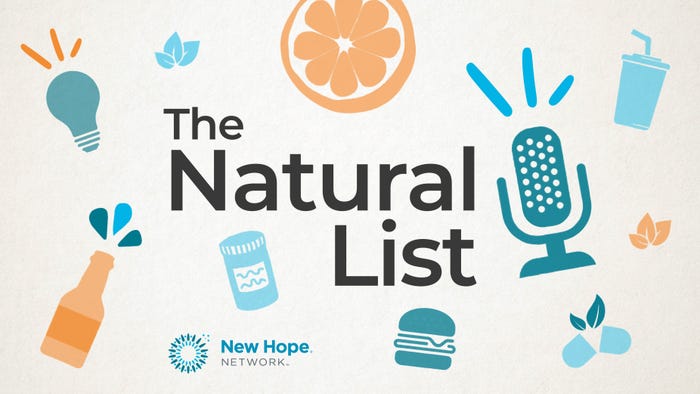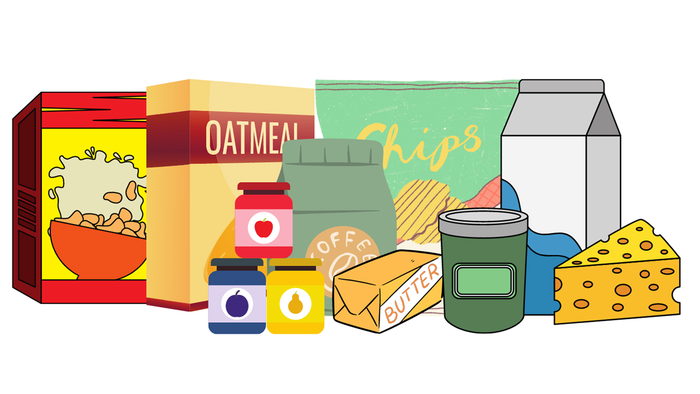Australia ponders traffic light food labelling
August 21, 2006

Australia is considering introducing a traffic light nutrient-labelling system similar to the one approved earlier this year by the UK Food Standards Agency, which displays on-pack red (high levels), amber (medium) and green (low) logos for selected nutrients such as salt, sugar and fats as well as calories.
Fay Jenkins, the director of food policy and programmes in the South Australian Health Department, told a parliamentary inquiry into obesity that the system should be introduced across the country. "We could make the nutritional information a bit more consumer-friendly," she said. "It tells consumers at a glance if food contains high, medium or low levels of sugar, salt, fat and saturated fat."
Jenkins said the "traffic light" symbols could help people on lower incomes better understand the nutrient content of foods and assist them to choose healthier foods and, with support from food regulator Food Standards Australia New Zealand, the system could be implemented nationally.
Although the traffic light system received official vindication from the UK's FSA in March, it has not been widely introduced as many food manufacturers and supermarkets have opted for alternative systems such as Guideline Daily Amounts, which present nutrient information in the form of percentages of recommended daily intakes. However, consumer research indicates consumers struggle with this information and a significant proportion of Western adult populations do not understand how to work out percentages.
The British consumer information watchdog Which? reported in July that 97 per cent of consumers were able to correctly compare levels of nutrients in food using the traffic light system, and that nine out of 10 people found the system easy to use.
South Australian Health Promotions unit director Michelle Herriot told the inquiry a "fat tax" on unhealthy foods should be considered. "It is still controversial, but there would be the possibility of introducing a small tax on a small number of items, such as soft drinks," Herriot said. "The money would go back into obesity programs."
About the Author
You May Also Like




